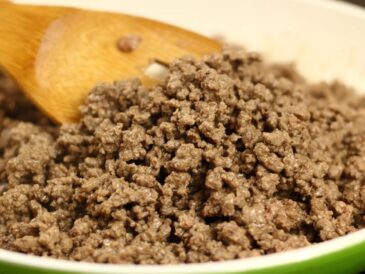Want more snake plants for free? They’re easy to propagate.
- Water method: Cut a healthy leaf into 3–4 inch sections and place in a jar of water until roots form.
- Soil method: Plant those cuttings directly in well-draining soil.
- Division: Separate a mature plant at the roots.
Just be patient—new growth can take several weeks.
6. They’re Natural Air Purifiers
NASA’s Clean Air Study found that snake plants can help remove toxins like formaldehyde, benzene, and toluene from the air.
Bonus: Snake plants release oxygen at night, making them one of the few houseplants that actually improve bedroom air quality while you sleep.
7. Watch Out for Root Rot
Root rot is the only serious issue you’re likely to face—and it’s always linked to too much water.
Signs to watch for:
- Mushy, yellowing leaves
- A musty smell in the soil
- Drooping despite dry conditions
If this happens, trim away any rotten roots and repot the plant in fresh, well-draining soil.
8. Prune Occasionally for Health and Shape
Pruning isn’t often necessary, but trimming yellow, dead, or misshapen leaves helps keep your plant healthy and attractive.
Do your pruning in spring or summer, when the plant is in its active growing phase. Use clean scissors or shears, and cut near the base.
9. Handle Temperature Fluctuations with Care
Snake plants prefer a cozy indoor climate—between 60°F and 85°F (15°C to 29°C).
Keep them:
- Away from cold drafts
- Off chilly windowsills
- Away from heating vents
Avoid temperatures below 50°F (10°C)—prolonged cold can seriously damage the plant.
10. Slow and Steady Wins the Growth Race
Don’t expect a snake plant to fill your space overnight. These are slow growers, producing just a few new leaves per season.
The upside? You won’t need to repot often or worry about them outgrowing your shelf anytime soon.
11. Pet Warning: Not Safe for Curious Cats and Dogs
Snake plants are mildly toxic to pets if ingested. If your furry friend tends to nibble on plants, keep this one out of reach.
While not deadly, chewing on a snake plant can cause nausea, vomiting, or drooling in cats and dogs.
12. Repot Only When Needed
Snake plants enjoy being a bit root-bound, and usually only need to be repotted every 2 to 3 years.
Repot when:
- Roots are growing out of the drainage holes
- Soil becomes compacted
- The plant becomes unstable in its pot
When repotting, only move up one pot size to avoid excess soil that retains too much moisture.
13. Rare Blooms Are Possible
Snake plants can produce small, white or pale green flowers on tall stalks, typically under environmental stress (like being root-bound).
While flowering isn’t common indoors, it’s a special surprise when it does happen—and the blossoms are often sweetly fragrant.
14. Go Easy on Fertilizer
Less is more when it comes to feeding your snake plant.
- Use a balanced, diluted liquid fertilizer (like 10-10-10 or 20-20-20) once a month during spring and summer.
- Skip fertilizing in fall and winter.
Too much fertilizer can burn roots or lead to leggy growth.
15. Naturally Pest-Resistant, But Stay Vigilant
Snake plants are tough, but not invincible.
Watch out for:
- Mealybugs
- Spider mites
- Scale insects
Wipe leaves regularly with a damp cloth and treat infestations promptly with neem oil or insecticidal soap.
Final Thoughts
Snake plants are the ultimate combination of beauty and durability. Whether you’re a seasoned plant enthusiast or just dipping your toes into houseplant care, this plant will likely become one of your favorites.
To keep your snake plant happy:
- Don’t overwater
- Provide indirect light
- Use well-draining soil
- Watch for root rot and pests
- Repot only when necessary
With minimal effort, this plant will reward you with clean air, bold structure, and the kind of low-maintenance beauty that makes plant parenting a breeze.





